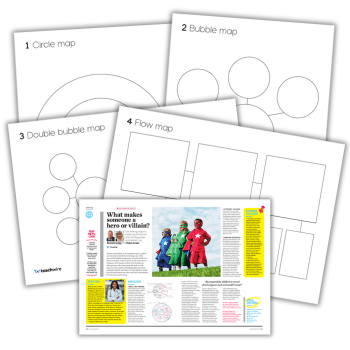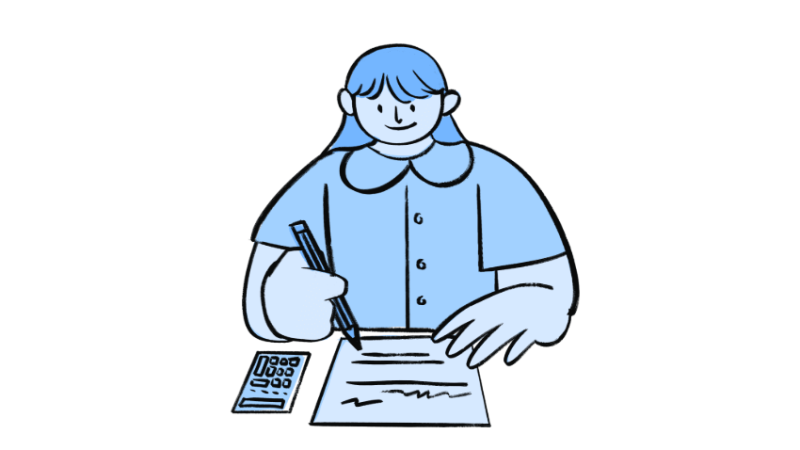Words Can Change The World – Discussing Global Issues And Injustice In Your Class

When I asked my class to speak about how they would make the world a better place, they rose to the challenge

- by Adam Jevons-Newman
- Headteacher, pupil premium leader and DSL

Our Y6 identity topic encourages the children to think about their place in the world. This year, we thought we would try something new. Inspired by a conversation with a fellow teacher about speeches in school, we asked the children to think about how they would make the world a better place, delivering speeches to share their ideas.
We used the exceptional book If the World Were a Village by David J Smith and Shelagh Armstrong to inspire the children to look at topics affecting our planet. It puts major issues – like clean water, poverty and access to education – in terms of a village of 100 people that represents Mother Earth. From this starting point, the children were able to pursue an issue they felt strongly about and started to carry out more research by working with the support of adults to learn about projects currently underway locally and internationally. By lunchtime the classroom was a buzz of conversation. However, what I was immediately struck by wasn’t their sense of injustice, but, instead, their solutions. The top one? To get world leaders together and simply talk to them. The children strongly believed that just through explaining and articulating their argument, people with the power to help could be convinced. As Robin Williams’ character Mr Keating says in Dead Poets Society: “No matter what anyone tells you, words and ideas can change the world.”
Cross-curricular classroom
This wasn’t, of course, just a writing project. In maths, we constructed infographics which combined pie charts and pictograms of ratio to simplify and represent the facts we’d gathered. We studied aspects of human geography such as the use of natural resources and distribution of food and water. As well as this, we continued to reflect on values and awareness of SMSC.
Very kindly, the mayor of Mansfield, Kate Allsop, joined the class to answer their questions about how best to deliver a speech. The children were keen to know how to keep people interested, how to make sure people got their message, what order to talk in and how to make themselves look confident, even if they weren’t feeling it.
All of this contributed to the children having a clear idea of what to do and how to do it. They found an issue, got together their ideas for how to solve it and used new knowledge to articulate it in both written and spoken form.
History is full of great speeches and we took time to explore some of these: Churchill, King, Obama, Winfrey, Jobs. We not only looked at the words and phrases, but at their delivery. How were intonation, rhythm and expression used? We thought about how our storytelling and reading skills extend to other areas in our lives.
We experimented with linguistic argument techniques and discovered the importance of using pronouns to grab our audiences’ attention, backing up opinions with facts in sentences and the importance of word choice (especially verbs) and emotive language. Combining tenses was also important – not only talking in the past and present to demonstrate a problem, but using the future to paint a picture of how it could be: ‘Imagine if…’
Unlock your heart
Across all of this learning, we read, reflected and evaluated. What does my learning partner think? Will that hold people’s attention? Is my message clear? Is there a more emotive phrase for that? Pupils worked in pairs: not only for the usual proofreading, but to work on intonation, expression and getting their message across. Sure, it’s a piece of writing, but it’s writing that will become meaningful spoken word. When I sat down to mark the finished speeches that evening, it was a joy; emotive phrases like ‘unlock your heart’; inventive solutions (my favourite – sending plumbers to areas without clean water to help people to maintain clean water systems) and variation of sentence length where emphasis was needed. The speeches were well written, without being driven by the need to satisfy any interim framework: they looked at great examples and then wrote from the head and heart.
On Friday afternoon parents and carers assembled in the school hall. One by one, each pupil came to the front and (remembering the mayor’s advice) spoke confidently and proudly. They left people thinking – not least me! Why not try asking your class how they would make the world a better place? TP
Adam Newman is KS2 leader at Farmilo Primary in Mansfield.










